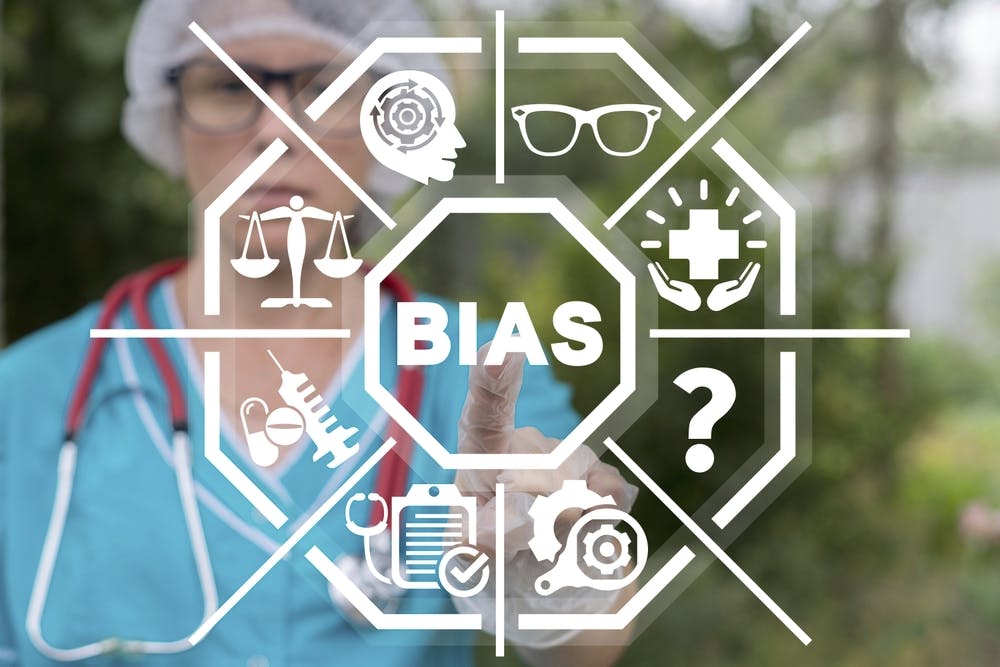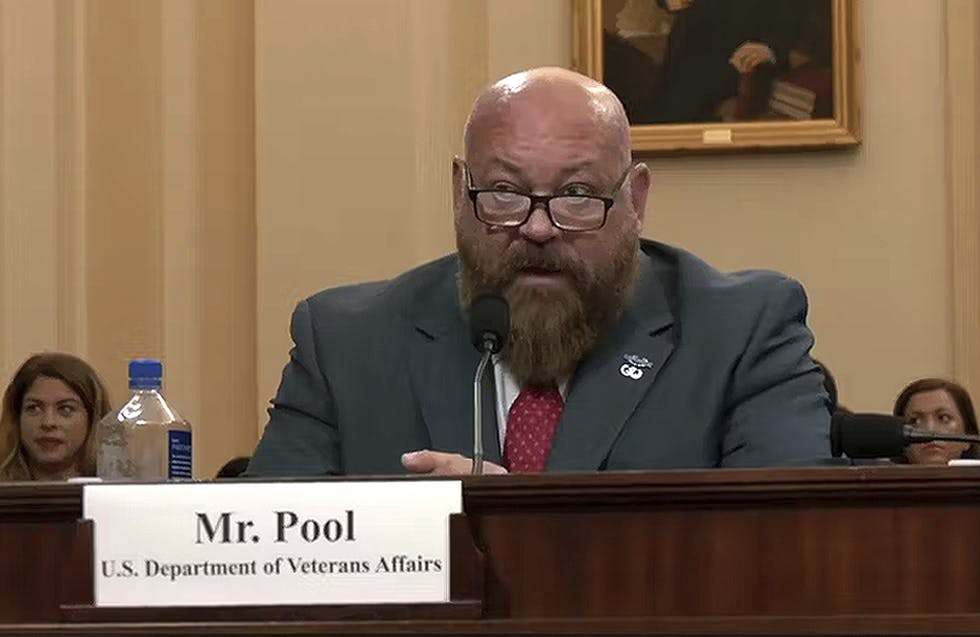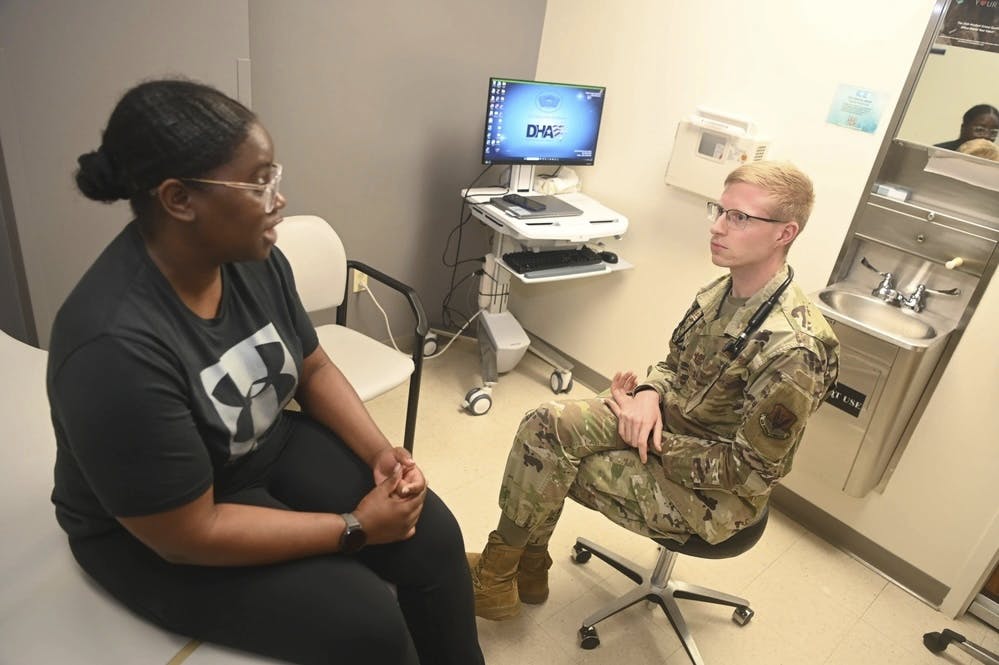Tips to Combat Bias in Health Care for the Technologist
Leaders from our Health Tech Equity Working Group address implicit and explicit biases that threaten equity efforts in health care.

Recognizing various biases can improve health care treatment, accuracy of studies and build trust with patients.
Implicit and explicit bias have historically led to disparities in health and patient care, limited the diversity of the health care workforce, led to inequitable distribution of research funding and more.
Members of GovCIO Media & Research’s Health Tech Equity Working Group joined together May 11 to outline some of the most pressing biases in health care and develop solutions to improve the way technology is developed, research is conducted, and patients are studied and treated.
Lamp Post Bias
A type of observational bias that occurs when people only search for something where it is easiest to look.
To mitigate the impact of lamp post bias, technology researchers and developers should search for answers not only in visible areas, but also study new grounds. They should also research a wider representation of the population, rather than use a minority to generate majority results. It’s also important to put discoveries in proper context.
Anchor Bias
A cognitive bias where people rely too heavily on the first piece of data or information given on a topic.
Research suggests that while there is no way to eliminate bias, it is possible to develop strategies to help reduce its likelihood of occurring, such as limiting words that might introduce bias, reporting only factual information, being careful to separate professional decisions from personal feelings and developing cognitive walkthrough strategies for scenarios where bias is more likely to be present.
Overreliance on Technology
The false perception that technology is fully objective, free of bias and able to outperform humans.
Improve the reliability of the technology and encourage clinicians to more accurately assess its reliability so that appropriate monitoring and verification strategies can be employed.
Statistical Bias
When a model or statistic is unrepresentative of the population.
Create surveys or collect data that give clearly defined requirements for your target audience and give all potential respondents an equal chance of participating, then enact proper oversight of the study to check for unconscious bias in the sample selection, process and data collection.
Average Bias
Health care providers assume patients with similarities should receive the same diagnosis. Health care professionals should be aware of the additional needs of each patient and treat every patient as a unique individual.
Socioeconomic Bias
An individual’s socioeconomic status is based on their background and several factors including income, resources and employment. Health care professionals need training to be aware of the challenges that marginalized groups face and increase contact with them.
Computer v. Patient
Doctors rely on automated and computer-driven interactions with patients. As technology decreases patient-doctor interactions, health care providers mind the computer before the patient. Health care professionals should be active listeners and focus on the patient to provide the most accurate diagnosis.
Testing/Data Bias
Relying too much on testing groups or data instead of listening to the patient. Broaden testing groups to incorporate diverse populations.
This is a carousel with manually rotating slides. Use Next and Previous buttons to navigate or jump to a slide with the slide dots
-

VA's Platform One Powers Rapid Innovation to Bolster Digital Services
VA's Platform One accelerates software development timelines from weeks to hours, ultimately enhancing digital services for veterans.
5m read -

VA CIO Targets Modern IT and Smarter Workforce Alignment
Agency leaders told lawmakers they are focused on trimming legacy systems and restructuring its workforce to streamline operations.
3m read -

Trump Executive Order Boosts HBCUs Role in Building Federal Tech Workforce
The executive order empowers HBCUs to develop tech talent pipelines and expand access to federal workforce opportunities.
3m read -

IHS Prepares to Deploy PATH EHR at Pilot Sites in 2026
IHS targets PATH EHR pilot in 2026, emphasizing governance, collaboration and interoperability as key pillars of the modernization strategy.
4m read -

FEHRM CTO Targets Two-Year Cloud Migration for Federal EHR
Lance Scott touts new EHR tech advancements, including cloud migration, expanded data exchange and AI integration to improve care delivery.
4m read -

VHA’s AI Chief Led NIH’s New AI RFI
The agency's AI chief Gil Alterovitz helped develop a plan that hints at how NIH is charting the future of AI and biomedical research.
5m read -

Trump Taps Maj. Gen. John Bartrum to Lead VHA
Nominated for VA's top health role, Bartrum brings over four decades of military and public service to the agency.
3m read -

AI Growing in Focus Amid HHS Restructure
Department of Health and Human Services officials see promise in artificial intelligence amid efficiency goals.
4m read -

Federal EHR Leaders Eye Ambient Dictation, Interoperability
Officials from DOD and VA said they are exploring new EHR features such as functionality in offline status and interoperability.
5m read -

Federal Agencies Tout Tech in President Trump’s First 100 Days
Defense modernization and health care restructuring landed among some of the key IT highlights within the president's first few months.
6m read -

VA Secretary Tells Congress Tech Efficiencies Will Help Offset Workforce Reductions
Technology improvements will help allow department to maintain veteran care, VA leadership tells Senate Veterans Affairs Committee.
-

NCI Uses Wearables Data to Link Exercise to Cancer Risk
NCI finds a connection between low-intensity exercise and decreased risk of cancer through data collected from wearable technology.
9m listen
















